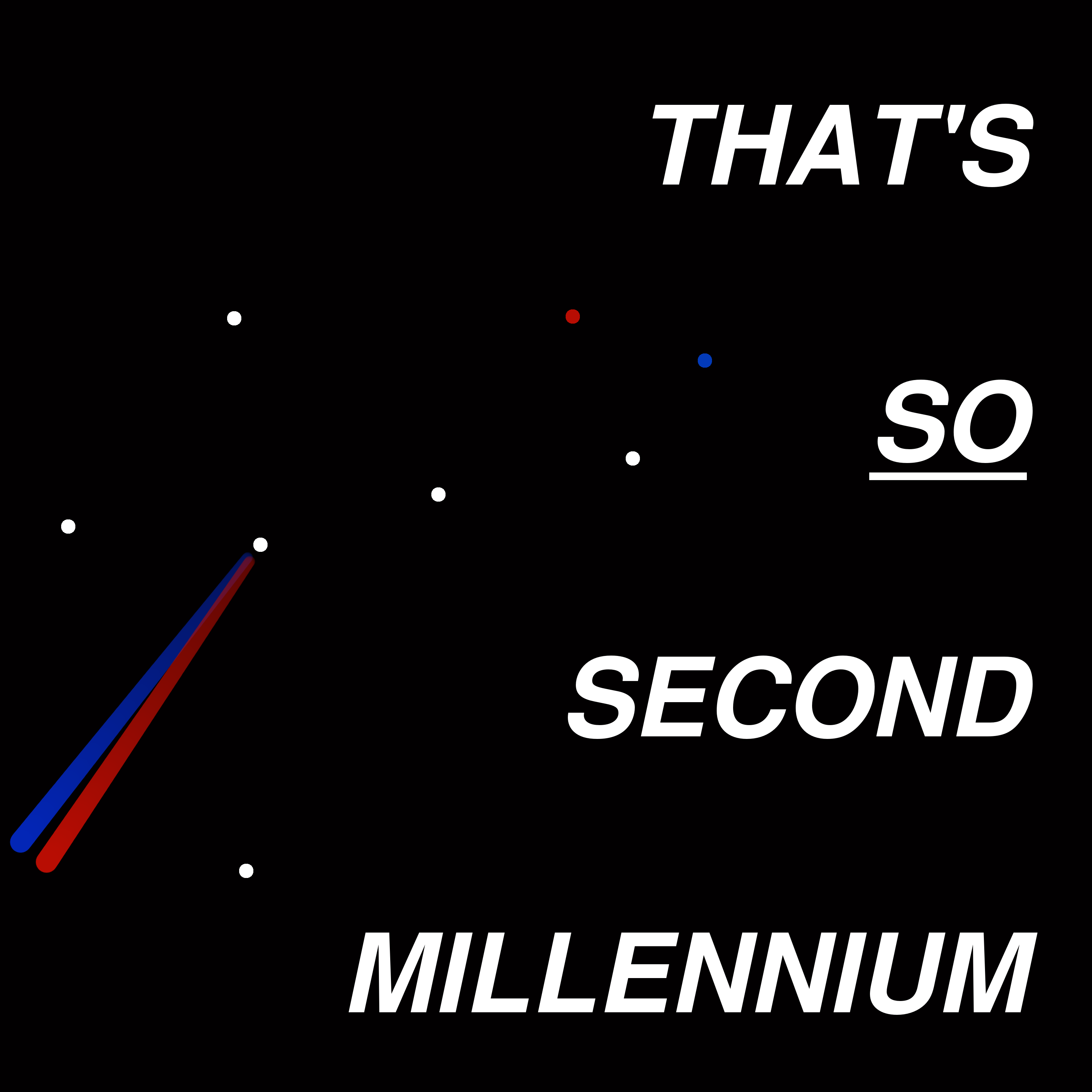Episodes
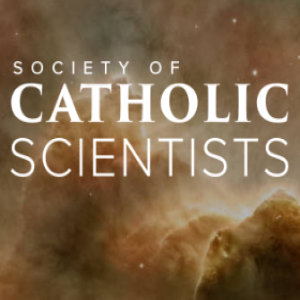
Monday Jun 06, 2022
Bonus - Society of Catholic Scientists 2022
Monday Jun 06, 2022
Monday Jun 06, 2022
Quick hit running down the SCS Conference for 2022 at Mundelein Seminary outside Chicago. The conference theme was the environment.
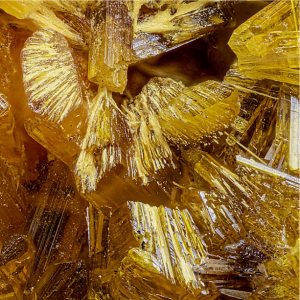
Saturday Apr 30, 2022
Ep 139 - Pondering Big Issues Powered by Uranium
Saturday Apr 30, 2022
Saturday Apr 30, 2022
-
In this episode, Paul and Bill situate themselves geographically, updating each other on their latest activities and changes in locale. Paul is on a medical mission to Billings, Montana, at the moment. Bill has moved from South Bend, where he was an adjunct professor at Holy Cross College, to Troy, NY, the hometown of his wife.
-
Uranium mining is on Paul’s mind during his brief departure from Wyoming Catholic College in the small town of Lander. As a PhD geologist, Paul will make a presentation on the modern-day considerations of uranium mining and nuclear power at the 2022 conference of the Society of Catholic Scientists. The conference will be held on the first weekend of June at Mundelein Seminary near Chicago. (Brother Guy Consolmagno, SJ, a consecrated brother in the Jesuits and a distinguished astronomer, will be honored by the SCS this year with its St. Albert the Great Award.)
-
The inconveniences of uranium, says Paul, who has studied it since his graduate studies at the University of Notre Dame, stem from its undeniable value for power generation—and some characteristics he described as compellingly “weird.” He takes us on a professor’s tour of the periodic table and the uranium mining regions near his campus.
-
Kazakhstan and Russia are key sources of uranium. In-situ leaching is a growing source for uranium elsewhere in the world, including in the US.
-
Every state regulates uranium and any mining activities. For example, Texas has a Commission on Environmental Quality. There is a complex history of regulation of uranium and nuclear energy at both the state and federal levels.
-
Paul referred to Bill’s membership in the international Secular Franciscan Order.
-
Paul offers a survey of opinions and alternatives in energy policy for the Earth. For a very recent and well-informed video treatment of sustainable energy choices for the future, see “Can We Cool the Planet?” at PBS’s NOVA series website.
-
India is probing possibilities for thorium as a source of nuclear energy. China is staking much of its energy future on nuclear power. In the US and elsewhere, politicians must get more serious about addressing crucial, conflict-ridden challenges, such as the storage and reprocessing of uranium.
-
A note: Paul recommends the episodes on Nietzsche and Epicurean philosophy from the “Food 4 Thought” podcast, presented by Jonathan Kutz, which covers philosophy and science from Christian perspective. It’s a natural for fans of “That’s So Second Millennium.” You can access “Food 4 Thought” on several platforms, including Anchor and Audible.
-
Cover photo: Yellow needle-like crystals of studtite ([(UO2)(O2)(H2O)2] · H2O) on flat orange crystals of becquerelite (Ca(UO2)6O4(OH)6 · 8H2O). Ex Gilbert Gauthier, via Adriana & Renato Pagano. Collection and photo by Gianfranco Ciccolini, as seen at mindat.org.
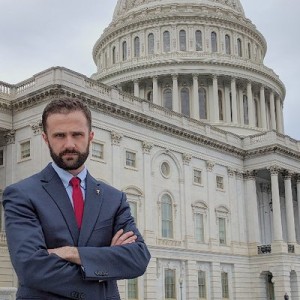
Monday Dec 31, 2018
Episode 040 - Kirby Runyon: Christian planetary scientist
Monday Dec 31, 2018
Monday Dec 31, 2018
I had the chance to have an unofficial interview with Kirby Runyon. (Planetary science is a very publicity-heavy field, and planetary scientists often labor under certain constraints regarding their contact with the media. We avoided mentioning his institutional affiliation to emphasize the point that this interview in no way characterizes any official position by his institution. You can find out where he works, and get access to some of his work, via web search if you are curious, and there's a clue around 13:00 as well.)
We opened the interview with a discussion of Kirby's research on surface processes on planets. He works on data returned from the Moon, Mars, and Saturn's moon Titan to evaluate how winds, asteroid impacts, and other forces shape the surfaces of those bodies.
Read the rest of this entry »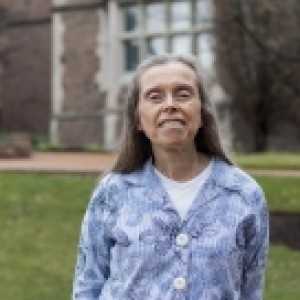
Monday Dec 17, 2018
Episode 038 - Jill Pasteris: Uncertainty and Faith
Monday Dec 17, 2018
Monday Dec 17, 2018
0:00 Experience as a Christian scientist
1:00 The billion year contact; awe
2:00 Awe and the vast scale of Earth science
3:00 Discoveries never shake faith
4:00 Evolution, randomness, the shortage of provable things
6:00 The bureaucratic mindset: certainty and judgment
7:00 Yucca Mountain, studtite, and uranyl peroxides (Peter Burns, Karrie-Ann Hughes)
8:00 Uranyl chemistry
9:00 Guy Consolmagno's thought experiment on planetary atmospheres
10:00 Uranyl peroxide buckyballs...
11:00 NOT in the initial fate and transport model for Yucca Mountain
12:00 Real life is lack of certainty
13:00 Where we'd put uranium if we had to...
14:00 Hanford, Washington and uranium migration
15:00 Phosphates as immobilizers
16:00 Humans and squirrels: digging stuff up to bury it again
17:00 Kirby Runyon
18:00 Difficult conversations
20:00 The Bible
21:00 Cyclic nature of human history, scriptural history
22:00 The second millennium history of reaction, after reaction, after reaction against hypocrisy
23:00 Secularism and the irreligious right
24:00 Progressive movement as a para-Christian critique of society
26:00 Modern psychology and spirituality:
Fulton Sheen's image of the psychologist pulling Christian truths out of the garbage can
and passing them off as discoveries
29:00 The need for God
30:00 Companions on the way
31:00 Providence

Monday Dec 10, 2018
Episode 037 - Jill Pasteris: Christian scientist
Monday Dec 10, 2018
Monday Dec 10, 2018
3:00 Jill's career
5:00 Finding companionship as Christian scientists (not Christian Scientists...that's different...)
7:00 "Spiritual beings having a human experience"
8:00 Bioapatite; clearing up "loose ends" making a 20 year career arc
9:00 Apatite and phosphate: environment
13:00 Flint, Michigan: lead and protective minerals
14:00 Raman spectroscopy
16:00 Raman on the Mars 2020 rover; Alian Wang
17:00 Laser pointers, cat videos [the brave new world we live in]
18:00 The physics of Raman
19:00 Why lasers and Raman went hand in hand
20:00 Rayleigh vs. Raman scattering
21:00 Raman spectra
22:00 Raman: a (usually) nondestructive technique
23:00 The lecture example and the ease of sample prep for Raman
25:00 Raman peak heights and thermodynamics
26:00 Fingerprinting vs. understanding
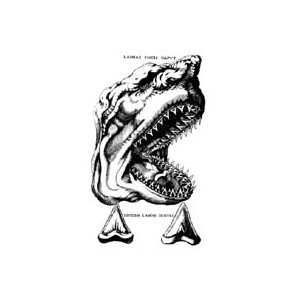
Wednesday Dec 05, 2018
Bonus Episode - Nicolaus Steno
Wednesday Dec 05, 2018
Wednesday Dec 05, 2018
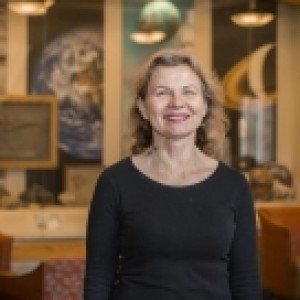
Monday Nov 26, 2018
Episode 035 - Anne Hofmeister Shakes Up Earth Science
Monday Nov 26, 2018
Monday Nov 26, 2018
TSSM goes heavy: hard-hitting journalism from one of science's great controversialists, Anne Hofmeister. Intrigued? Disagree? Write me an email (giesting@alumni.nd.edu) or look her up at Washington University in St. Louis' EPS department website.
The times below are keyed to the start of the interview and ignore my opening (just over 2 min).
0:00 Introduction
1:00 Anne's background (sorry, this part Anne was talking so quietly that I can't seem to fix it with Audacity, but bear with us; we moved the microphone and figured some things out and it gets better)
2:00 Spectroscopy and heat transfer
3:00 Thermal conductivity experiments and their pitfalls
5:00 Criticism of the history of thermodynamics and heat transfer; identification of light and heat
6:00 Problems with equilibrium and elastic collisions in theories of thermodynamics
8:00 Criticism of phonon theory
10:00 Electron and vibrational transfer of heat decoupled; metals and heat transfer
13:00 Garnet
14:00 Earth's interior: convection, the Rayleigh number
15:00 Viscosity
16:00 The Earth's mantle: nearly all solid
17:00 Plate tectonics without mantle convection
18:00 An even more radical idea: heat is being trapped inside the solid Earth
19:00 [there was a distortion I had to cut]
20:00 Implications: heat generation is in the crust (this part is widely known!)
21:00 Implications: the core is melting, not solidifying?
22:00 The geodynamo and magnetic field
23:00 The core: buffered at the temperature of melting high pressure iron
24:00 Magnetic modes diagram for the planets: spin and magnetic field
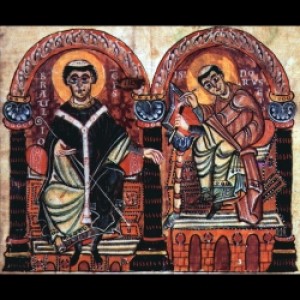
Monday Nov 05, 2018
Episode 032 - Science and Saints
Monday Nov 05, 2018
Monday Nov 05, 2018
Intro: Nobel Prize announcements
Donna Strickland
Nadia Murad
Segue: Lemaitre press release
Transition: the early 20th century golden age from Chesterton to Fulton Sheen
Theme: All Saints Day
Augustine
Isidore
Albert the Great
Roger Bacon
Nicolaus Steno
Gregor Mendel
Georges Lemaitre
Please leave us feedback here by hitting the "Email Paul" link or using the "Facebook" link and commenting or messaging us there.
Image: Braulio of Saragossa and Isidore of Seville, writing his Origins (Etymologies)
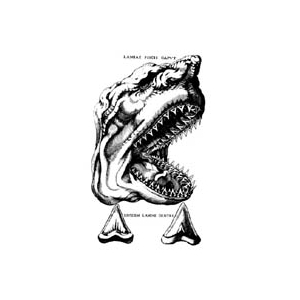
Monday Aug 27, 2018
Episode 022 - Nicolaus Steno (Niels Stensen) - The Protogeologist
Monday Aug 27, 2018
Monday Aug 27, 2018
In this episode we discuss the life and times of one Blessed Niels Stensen (Latinized as Nicolaus Steno), a Dane who laid down the basic principles that undergird the whole science of geology, from paleontology to stratigraphy to mineralogy and crystallography. Our discussion in the podcast is indebted to The Seashell on the Mountaintop by Alan Cutler.
To better understand the impact of Steno's times on his thought and vice versa, we have to discuss extensively the intellectual world of the seventeenth century. If the thirteenth century saw a grand synthesis of Christian teachings with the best that ancient Greek philosophy had to offer, the seventeeth century was a time of vicious bickering over the Bible and between people just beginning the arduous task of observing the natural world and coming up with theories to interpret how it worked that were actually consistent with the observations. It was a time where we see the very beginnings of ideas that now are bedrock (pardon the pun) parts of our understanding of the world adrift in a sea of other ideas that now sound outright insane.
Steno bequeathed several principles of interpretation. Three (or so...depending on how one names and numbers them) have to do with rocks and fossils (at that time, "fossil" could mean almost any notable object embedded in a rock, whether the remnant of a living thing or a crystal or what we would now call a sedimentary structure, such as a raindrop cast or a ripple mark) and the order in which they formed; the fourth has to do with crystals, and allows one to distinguish crystals of different minerals. They are the laws of superposition, inclusion and/or cross-cutting relationships, original horizontality, and constant interfacial angles.
If you're interested in hearing another take on this brilliant and enigmatic man, you can now watch Andrew Sicree's talk from the Society of Catholic Scientists conference (discussed in last month's episode).
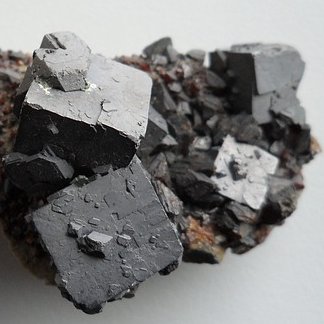
Monday May 07, 2018
Episode 006 - Evolution in Christianity and Geology
Monday May 07, 2018
Monday May 07, 2018
We follow up on last episode's promise to talk a little more about evolution. Evolution literally comes from the Latin "to turn outward" and had a huge meaning cloud. One classic image it might evoke is that of a flower bud opening and the petals turning outward to reveal the whole flower.
This is not an alien concept to religion, and certainly not to Christianity. The moment you take the Christian scriptures as a set of texts written by real people scattered across over a millennium of history, you have to accept that God's revelation has unfolded over time. Evolution has mileposts, and the time before the scriptures began to be written, the time during which they were written, and the time afterward are all marked off by mileposts just as the time before and after, say, multicellular life first evolved is different. There is no going back.
Paul takes the excuse to geek out a bit about how minerals evolve as well. The fairly averaged, semi-homogenous solar nebula that gave birth to the Sun and planets condensed into particles, a few of which collected into the rocky planets like Earth and Mars. From their original fairly undifferentiated state, these planets evolved by segregating out a core full of reduced metallic iron, while the surface was irradiated by the Sun and oxidized. On Earth the process led to even more evolution of minerals as its watery surface gave birth to life, and that life eventually started pumping this ludicrously caustic gas we call "oxygen" into the atmosphere. Of the many thousands of minerals known to science, a very large proportion of them have come into existence only since that time as minerals have "evolved" to meet the "demands" of Earth's unique atmospheric chemistry.
Getting back to religion...if evolution is a concept contained within Christianity, why are other instances of it now claimed to be alternatives to it? One major influence is the trend of the latter half of the second millennium to rebel against the hypocritcal leadership of theoretically Christian kings and prelates who luxuriated in wealth and power. Once there were Protestant churches, these were eventually rebelled against as well, and now the secular institutions and culture are engaged in attacking themselves. The habit of criticism has certainly allowed us to make astounding advances in science--20th century physics could not have emerged without it. Yet the cry "totally revolutionary new way of..." is now a hackneyed piece of salesmanship all across our culture.
Next time we plan to start discussing some of the concepts of philosophy of science, including the role of criticism and falsification. Paul wants to ask whether there's really such a hard line between religion and science as is commonly supposed, both by religion's enemies and its adherents...

